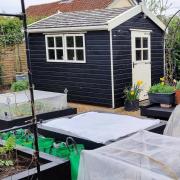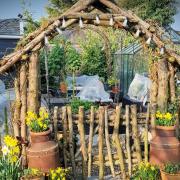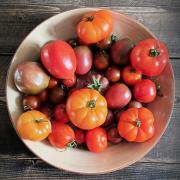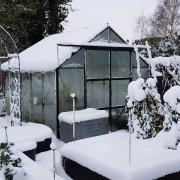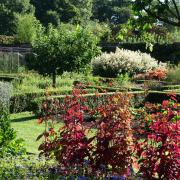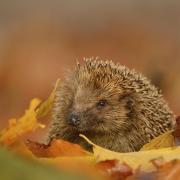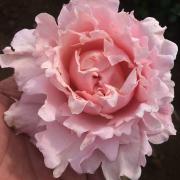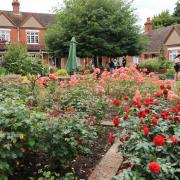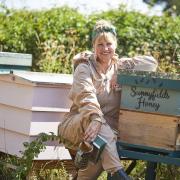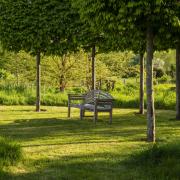With the ground hard and frosty, now is the time to take stock in your garden. Free from flowers and leaves, the underlying structure is clearly visible, says Nicholas Newton
With the ground hard and frosty, now is the time to take stock in your garden. Free from flowers and leaves, the underlying structure is clearly visible, says Nicholas Newton
More than any other time of the year, the winter is the best time of the year to review and reappraise the structure and layout of your garden. It is at this time that the garden is stripped of its decorative trappings to reveal the underlying framework. The low afternoon sun will throw a shadow on even the slightest undulation and contour to emphasise the lie of the land. A covering of snow is even more effective in hiding the detail (although perhaps not quite as much as last winter) and then you can really consider the scale and proportion of the primary elements of the garden without the distraction of any ‘clutter’. In particular the shrub masses and especially any conifers can step out of the shadows and play a leading role without having to defer to the herbaceous flowering displays that can end up taking so much of the attention during the warmer flowering months. It is also at this time of the year that you will be able to see whether you have successfully made that link and integration with the surrounding landscape that I particularly seek to achieve when working on rural country gardens. Free of the flamboyance of spring and summer flowering, you will see whether you have captured the rhythm and flow of your surroundings in the layout of your own plot.At a reduced scale, the structure of the planted areas is revealed and can be considered to assess whether it provides a sufficient framework to carry the overall design the rest of the year. Two types of plant in particular come into their own; the ‘specials’ and the ‘skeleton’ plants. Specials can act as focal points and lead the eye around the garden, frame views and give an altered impression of space. They also act as important interruptions to prevent the overall planting appearing as too uniform a green mass. To a certain extent specials need to be eye catchers, but not excessively so. The aim is to lead the eye around with an occasional pause rather than a crashing halt. Nurseries are always developing new varieties of trees and shrubs with increasing extremes of variation in leaf colour and often in pinks and purples. These plants should be used with great care and almost never in combination to avoid a clash of highlights. Specials tend to have more subtle qualities that may often only be fully revealed in winter. Take for example, some of the birches selected for their bark colour such as Betula jacquemontii or Betula ermanii. For much of the year they contribute height variation, light foliage with dappled shade and occasional filtered glimpses of the bark through other plants. However in the winter they come into their own as their foliage falls away and the bark is revealed free of other distractions. Another group of plants that come into their own in winter are the conifers but again they should be used with caution. Too many large conifers of different shape and colour can be just a collection of full stops and exclamation marks restricting natural flow around the garden as each competes for individual attention. But used with care on an occasional basis in mixed planting, they can offer valuable contrast in shape, texture and colour and often as a useful foil to the flowers of the warmer months before coming into their own in the winter. In the formal garden the use of single species evergreens as parterre and topiary takes on great strength of form in winter particularly with a light dusting of snow or after a heavy frost.There is always a temptation when designing a new garden or restructuring an existing one, to only think of it in terms of the warmer flowering months. There is obviously good sense in this as these are also the outdoor living months, but the winter cannot be ignored. The real skill comes in thinking year round and leaving space for plants that integrate well with the overall grand plan, but which also create highlights in the darker months. If nothing else, don’t make the mistake of ignoring your garden in winter. Don’t miss it on a bright but crisp frozen day when there is a chance to grab some scarce sunshine. Don’t miss it first thing on a misty frozen morning when every twig and leaf is edged in a ghost white crown of hoarfrost. And don’t forget, around dusk, to escape the stifling fug of the Christmas sitting room to step outside, clear your head and listen to the chilled silence of your garden in winter.
Nicholas Newton is a Registered Member of the Society of Garden Designers and may be contacted on 01728 638903 for further information or www.nicholasnewton.co.uk



